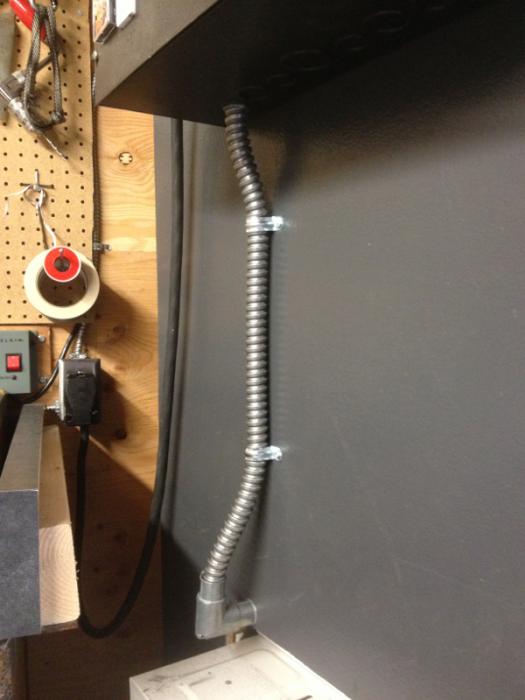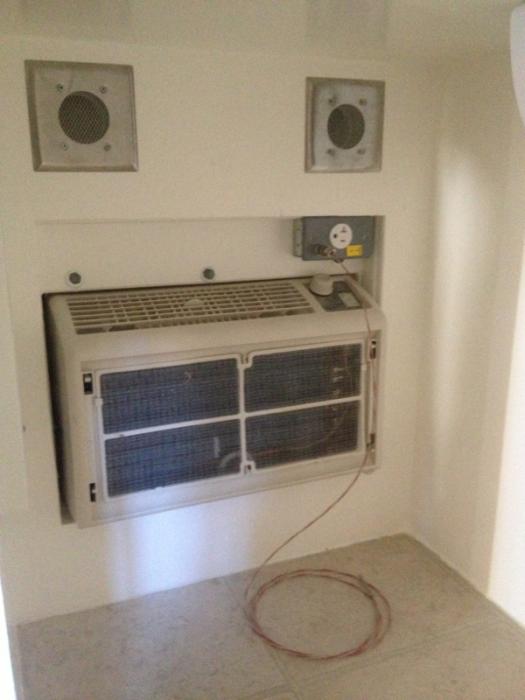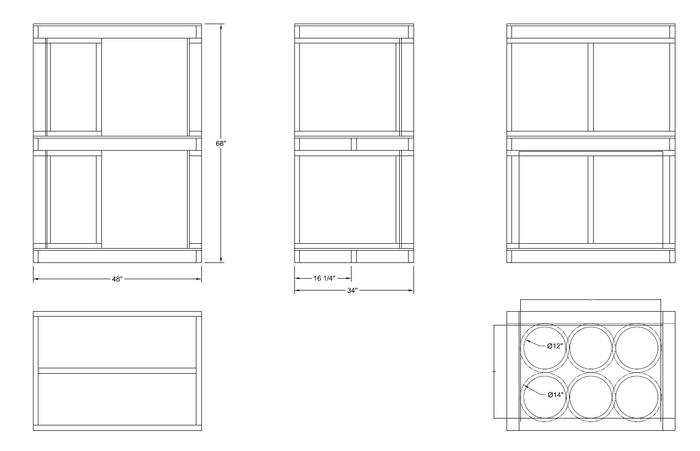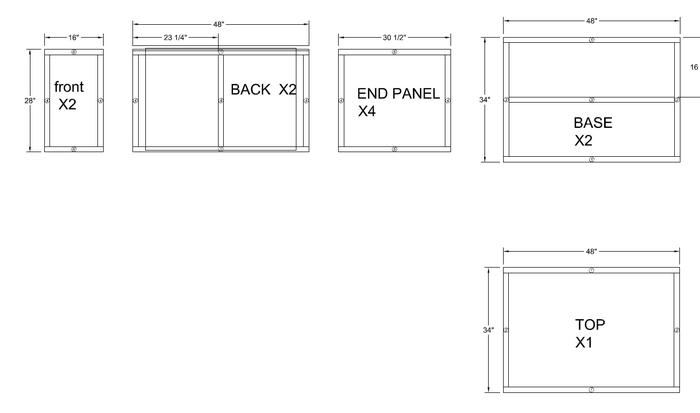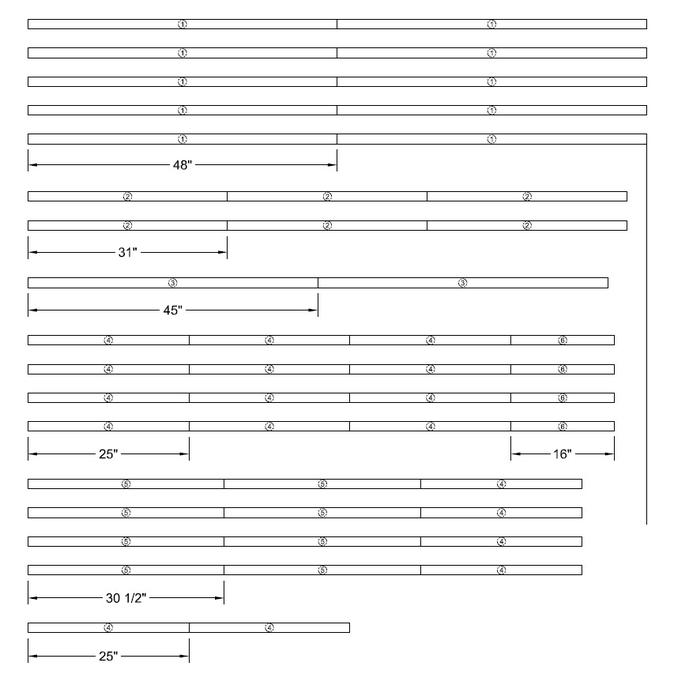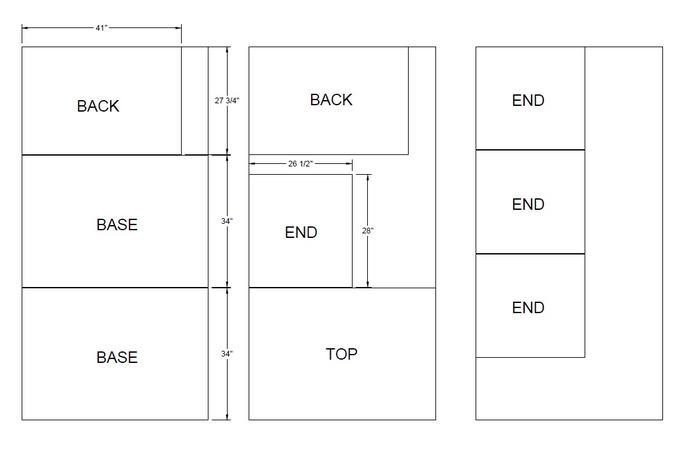zacc
Well-Known Member
Awesome job man! My build was inspired by several different builds so its great to have been able to pass on the inspiration!
The ducting for the venting is very cool and the electrical box is a nice touch. It looks like you definitely went the extra mile on this build.
The only suggestion I would make is to maybe come up with a way to attach your temp probes to the side of your carboys. I would say this is really only critical during the first few days of fermentation. The wort can easily be 5-10 degrees warmer than ambient tempatures during this time. I just put the probe up against the carboy and cover it with a stack of folded paper towels held on by a bungee cord. Very low tech but it does make for more accurate fermentation tempatures. Of course you could use a thermowell or something to get even better readings but just doing something simple like this will help greatly.
The ingenuity of home brewers is one of my favorite things about the hobby. Of course the beer is good too .
.
The ducting for the venting is very cool and the electrical box is a nice touch. It looks like you definitely went the extra mile on this build.
The only suggestion I would make is to maybe come up with a way to attach your temp probes to the side of your carboys. I would say this is really only critical during the first few days of fermentation. The wort can easily be 5-10 degrees warmer than ambient tempatures during this time. I just put the probe up against the carboy and cover it with a stack of folded paper towels held on by a bungee cord. Very low tech but it does make for more accurate fermentation tempatures. Of course you could use a thermowell or something to get even better readings but just doing something simple like this will help greatly.
The ingenuity of home brewers is one of my favorite things about the hobby. Of course the beer is good too
 .
.



![Craft A Brew - Safale S-04 Dry Yeast - Fermentis - English Ale Dry Yeast - For English and American Ales and Hard Apple Ciders - Ingredients for Home Brewing - Beer Making Supplies - [1 Pack]](https://m.media-amazon.com/images/I/41fVGNh6JfL._SL500_.jpg)

























































